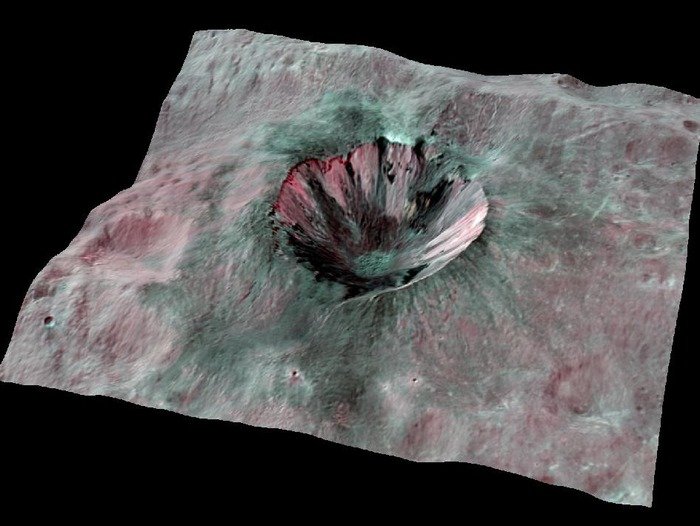PASADENA, Calif., Jan. 4 (UPI) -- NASA says a study of images from its Dawn mission has identified remarkable, dark-as-coal material spread across the surface of the giant asteroid Vesta.
Images taken by the Dawn spacecraft's framing camera are helping astronomers understand the impact environment early in Vesta's evolution, the space agency reported Thursday.















